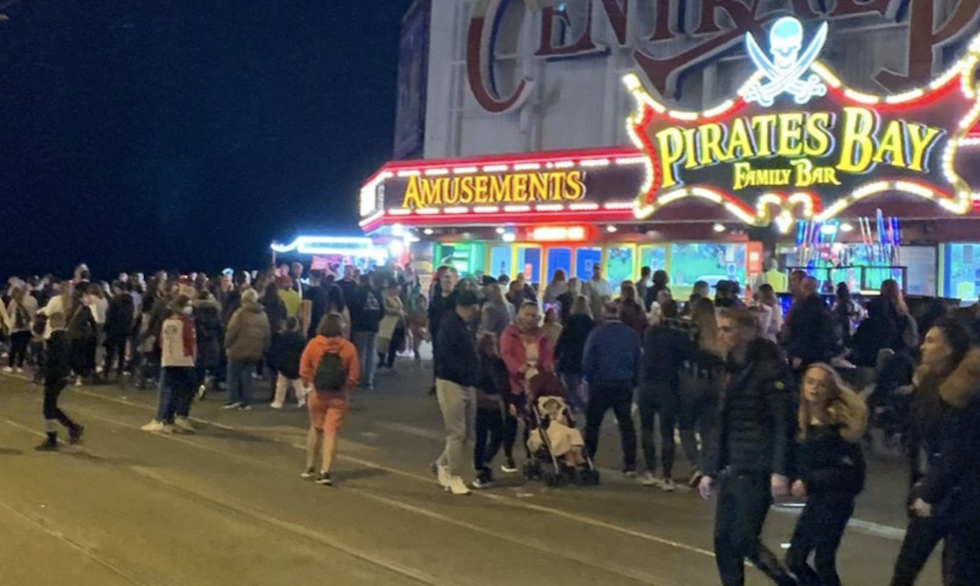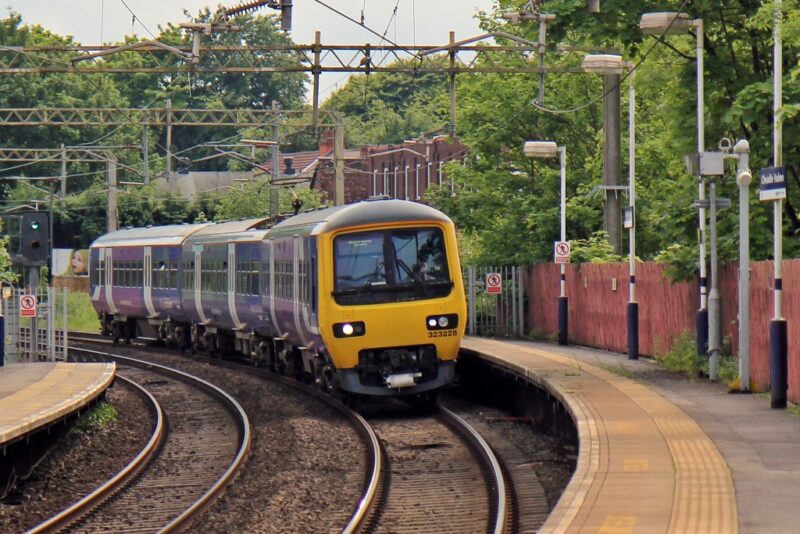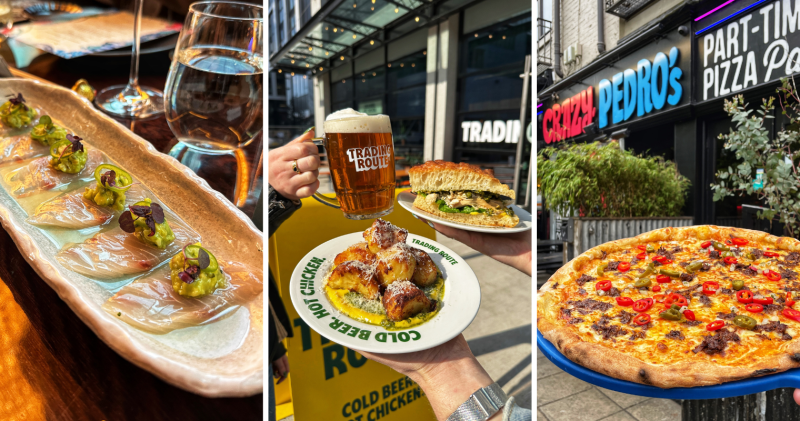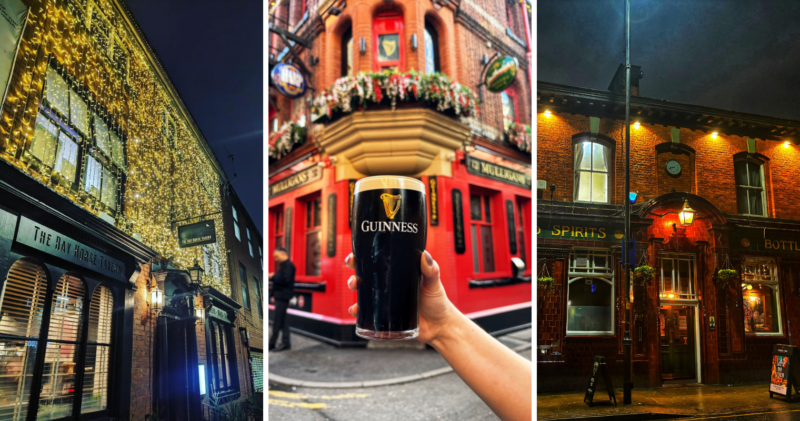News
Massive crowds flock to Blackpool over weekend despite warnings to stay away
Huge numbers of people piled onto the Blackpool seafront over the weekend, ignoring police appeals to stay away in an attempt to "keep the town safe".

Huge numbers of people piled onto the Blackpool seafront over the weekend, ignoring police appeals to stay away in an attempt to “keep the town safe”.
Sunny skies and warmer weather lured thousands to the coastal town on Saturday and Sunday – with photos appearing to show a jam-packed seafront and beach.
According to reports, there was little evidence of social distancing being enforced and few people wearing masks, with one eyewitness claiming she had “never seen it that busy before”.
Blackpool is one of the few areas in Lancashire to avoid tighter restrictions so far.
Police had already expressed concern that people would visit the town ahead of measures being implemented in their own areas this week.
On Friday, Lancashire Police deputy chief constable Terry Woods had plead with people to avoid having one “last blast” ahead of impending restrictions in neighbouring regions (which come into effect on Tuesday 22 September).
Lancashire’s restrictions will prohibit households from mixing in homes and gardens, with hospitality limited to table service,
Many venues will also be required to close between 10pm to 5am.
The rules apply to the boroughs of Preston, Lancaster, Wyre, Fylde, Chorley, South Ribble, West Lancashire, Ribble Valley, Blackburn with Darwen, Burnley, Pendle, Hyndburn, and Rossendale.
Blackpool, so far, remains exempt.
Gem Concannon from Northwich spoke to the BBC after visiting Blackpool on Saturday and said the town was “heaving”.
“…hardly anyone was wearing masks or social distancing,” she told the media outlet.
Dr Sakthi Karunanithi, the director of public health for Lancashire county council, has urged others to avoid the area and “look after each other”.
“Just because Blackpool is not yet an area of intervention, or where these new rules apply, this guidance that has come out applies to all of Lancashire no matter who you are or where you live so you take it with you wherever you go.”













